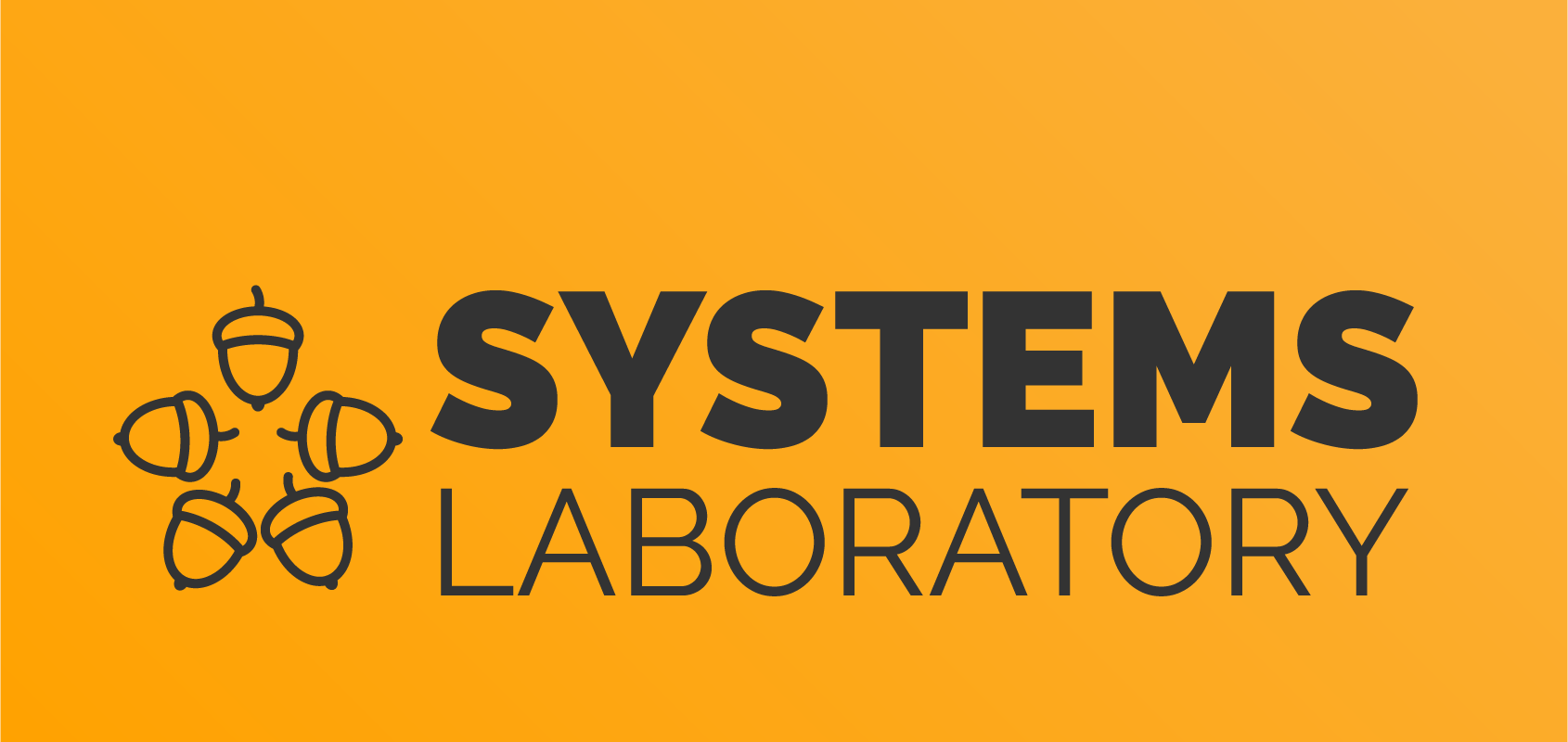This is an old revision of the document!
03. [??p] Extending the Linux firewall
# color schemes for man pages man() { LESS_TERMCAP_mb=$'\e[1;34m' \ LESS_TERMCAP_md=$'\e[1;32m' \ LESS_TERMCAP_so=$'\e[1;33m' \ LESS_TERMCAP_us=$'\e[1;4;31m' \ LESS_TERMCAP_me=$'\e[0m' \ LESS_TERMCAP_se=$'\e[0m' \ LESS_TERMCAP_ue=$'\e[0m' \ command man "$@" }
Now, source your file to load the new command. man will color certain keywords appropriately.
# update your shell's environment with the man() wrapper [student@host]$ source ~/.bashrc # check out the manual page for iptables [student@host]$ man iptables
iptables is a configuration tool for the kernel packet filter.
The system as a whole provides many functionalities that are grouped by tables: filter, nat, mangle, raw, security. If you want to alter a packet header, you place a rule in the mangle table. If you want to mask the private IP address of an internal host with the external IP address of the default gateway, you place a rule in the nat table. Depending on the table you choose, you will gain or lose access to some chains. If not specified, the default is the filter table.
Chains are basically lists of rules. The five built-in chains are PREROUTING, FORWARD, POSTROUTING, INPUT, OUTPUT. Each of these corresponds to certain locations in the network stack where packets trigger Netfilter hooks (here is the PREROUTING kernel hook as an example – not that hard to add one, right?) For a selected chain, the order in which the rules are evaluated is determined primarily by the priority of their tables and secondarily by the user's discretionary arrangement (i.e.: order in which rules are inserted).
A rule consists of two entities: a sequence of match criteria and a jump target.
The jump target represents an action to be taken. You are most likely familiar with the built-in actions such as ACCEPT or DROP. These actions decide the ultimate fate of the packet and are final (i.e.: rule iteration stops when these are invoked). However, there are also extended actions (see man iptables-extensions(8)) that are not terminal verdicts and can be used for various tasks such as auditing, forced checksum recalculation or removal of Explicit Congestion Notification (ECN) bits.
The match criteria of every rule are checked to determine if the jump target is applied. The way this is designed is very elegant: every type of feature (e.g.: layer 3 IP address vs layer 4 port) that you can check has a match callback function defined in the kernel. If you want, you can write your own such function in a Linux Kernel Module (LKM) and thus extend the functionality of iptables (Writing Netfilter Modules with code example). However, you will need to implement a userspace shared library counterpart. When you start an iptables process, it searches in /usr/lib/xtables/ and automatically loads certain shared libraries (note: this path can be overwritten or extended using the XTABLES_LIBDIR environment variable). Each library there must do three things:
- define iptables flags for the new criteria that you want to include.
- define help messages for when
iptables --helpis called (its help message is an amalgamation of each library's help snippet). - provide an initialization function for the structure containing the rule parameters; this structure will end up in the kernel's rule chain.
So when you want to test the efficiency of the iptables rule evaluation process, keep in mind that each rule may imply the invocation of multiple callbacks such as this.
[??p] Task A - Primer / Reminder
Before writing our own match module, here's a small task to freshen your memory on how to use iptables.
Write an iptables rule according to the following specifications:
- chain: OUTPUT
- match rule: TCP packets originating from ephemeral ports bound to a socket created by root
- target: enable kernel logging of matched packets with the “TCP_LOG: ” prefix
How to test:
$ sudo curl www.google.com $ sudo dmesg
multiport, owner modules
$ man 8 iptables-extensions



